Ion Engine Most Powerful Ever, Historic Test Passed
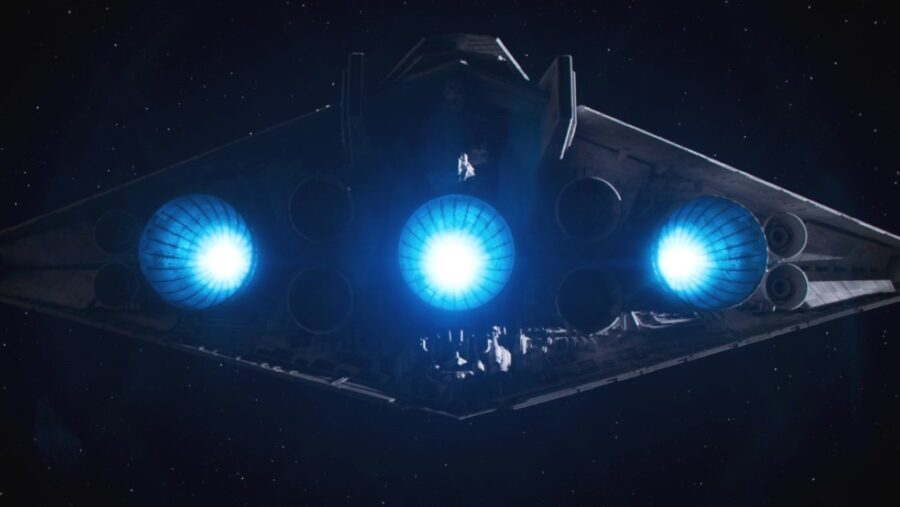
The most powerful ion engine currently in production has passed qualification testing. As reported by Universe Today, aerospace company Aerojet Rocketdyne, in a joint effort with NASA, has completed the successful qualification test of the Advanced Electric Propulsion System (AEPS).
The new solar electric propulsion (SEP) engine is a 12-kilowatt ion propulsion thruster that has been designed for long-term missions into space, including to and beyond the Moon. NASA announced the beginning of qualification testing this past July and is calling the new system “next-generation technology.”
The Ion Engine Uses 12 Koliwatts Of Power
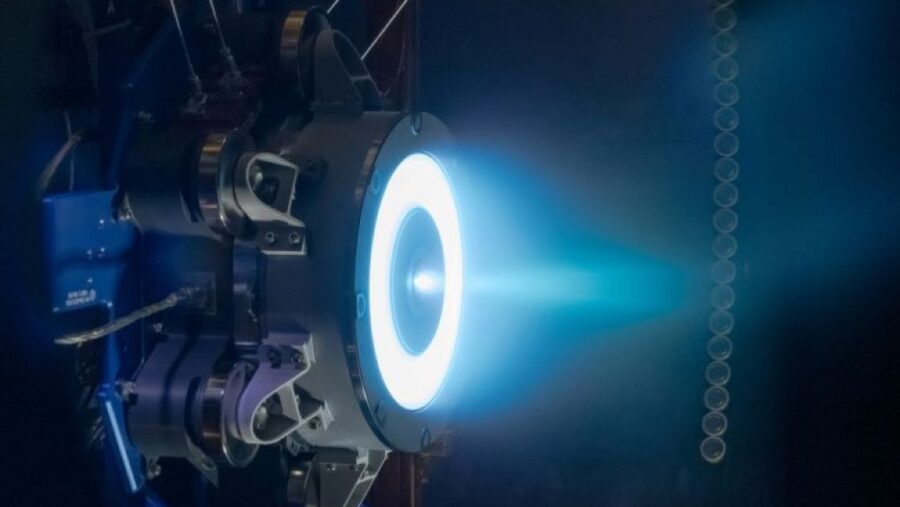
This new ion engine is significantly more powerful than others that have been developed previously, according to Clayton Kachele, NASA’s AEPS project manager at their Glenn Research Center. Kachele states the previous ion propulsion systems, also known as electric propulsion systems, have utilized four and a half kilowatts of power, while this new engine uses 12 kilowatts. That’s enough electricity to power over 1,330 LED light bulbs.
The Powerful Engine Allows For Longer Space Flights
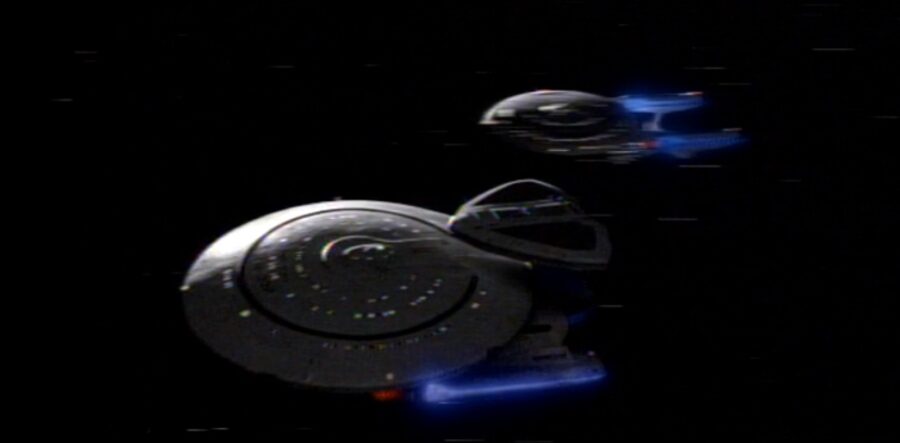
Kachele says this new ion engine represents the opening of a “world of opportunity,” allowing future space travel to go farther, faster. Electric propulsion engines use inert gas propellants instead of liquid propellants as their fuel base, meaning they create less energy but last longer, as opposed to the quick bursts of high energy that typify chemical propulsion systems.
The longer burn time of these engines makes them more efficient and allows for longer-term space flight missions. The AEPS uses ionized xenon gas, which produces a blue plume of exhaust that is visible in images from the qualification tests.
NASA’s Gateway Space Station
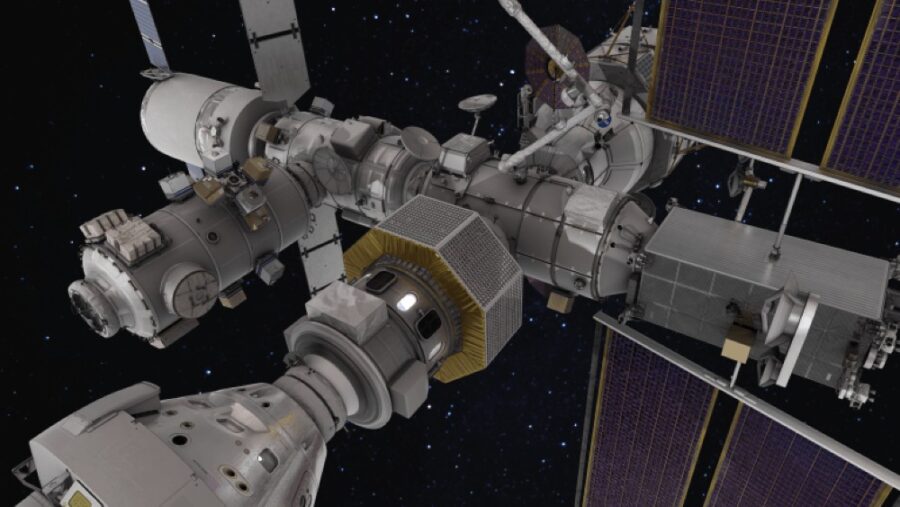
The new AEPS ion engine is set to be used on NASA’s Gateway space station, where three of the thrusters will be mounted on the station’s Power and Propulsion Element. This element will serve a number of functions, including providing communication with Earth at a high rate of speed, maintaining the station’s lunar orbit, and providing power for the whole station. This new Gateway station is set for a 2025 launch and will represent a collaboration between commercial and international partners.
Ion Engines Will Take Astronauts Back To The Moon
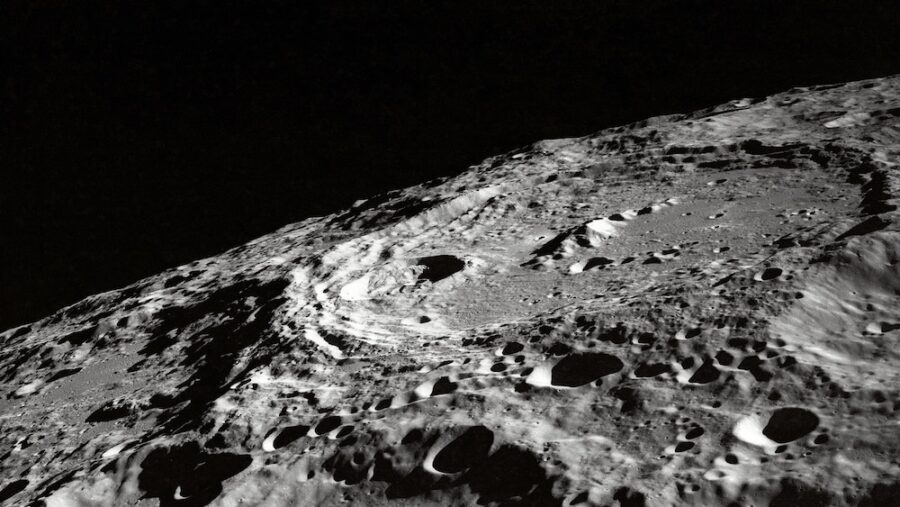
The ion-engine-powered station will be an essential element of NASA’s Artemis missions, which will be taking astronauts to the south pole of the Moon in the coming years. But this is just the first application of the AEPS engine, which may also be used in the future on deep space missions. AEPS lead engineer Rohit Shastry said in a statement before the beginning of qualification testing in July that he is excited about the types of missions this new technology will make possible, saying the AEPS is pushing boundaries and “taking giant leaps forward.”
Ion Engines Are Ready To Propel Us Into New Galactic Territory
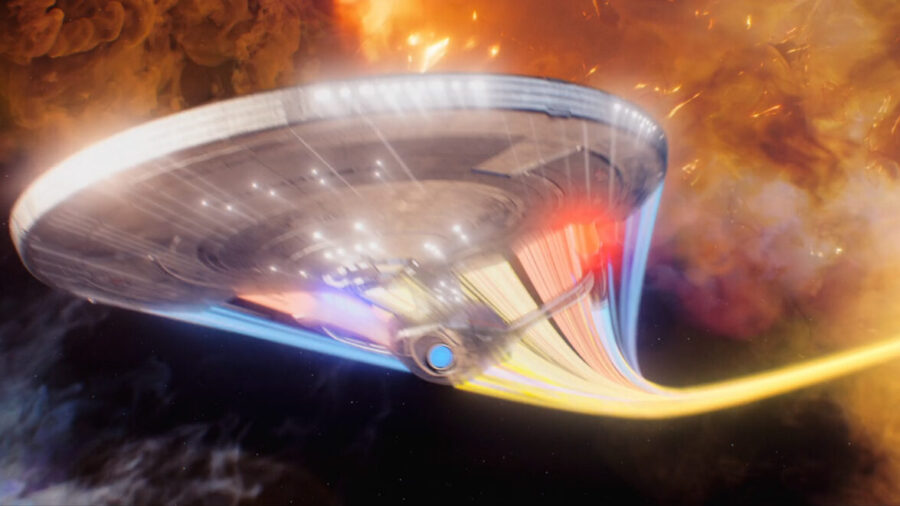
NASA used an ion engine for the first time on the Dawn mission to Ceres and Vesta, the two most massive bodies in the asteroid belt between Mars and Jupiter. The Psyche mission also used solar electric propulsion, launching on October 13 and consisting of a 3.6-billion-kilometer (2.2-billion-mile) trip to the asteroid 16 Psyche. Electric propulsion is also achievable through use of a nuclear reactor, such as in the nuclear electric propulsion (NEP) engine, but the AEPS uses solar power, which creates less waste.
This new breakthrough in ion engine power will open up a great deal of opportunities for future space travel and deep space missions, inspiring future generations of scientists and astronauts to keep reaching out into the stars.












